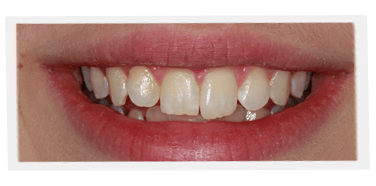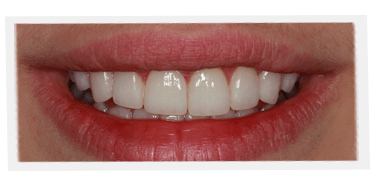
In this article, we’re going to talk about two situations in which miscommunication is rampant between dentists and patients when it comes to fixing smiles. Each of these situations are extremely important, especially before considering permanent (or near-permanent) cosmetic dental treatments such as porcelain veneers, crowns, bridges, and dental implants. (Excerpt below taken from my book, A Guide to the Perfect Smile.)
Miscommunication #1: “Perfect and Natural”
Patients often ask for something that is actually contradictory, if not oxymoronic. They say, “Give me a perfect, beautiful, Hollywood type of smile that is natural.” The dentist is with them –up to that last part about being natural. The problem is that no matter what a dentist does, the porcelain – however real it looks – is not natural. Get over it.
However, in my experience, this request can in fact be met by reaching a certain combination of perfect and imperfect. This requires adhering as much as possible to natural dental anatomy, which at times may be imperfect. The teeth that are made by the ceramist have to have a very natural look by being polychromatic – that is, having not one color but many colors built and layered into the porcelain. Now here’s the trick: there should be some degree of imperfection built into what is created. In other words, while following scientific principles, the ceramist can introduce an artistic element. In this way some sort of harmony between “perfect” and “natural” can be created.
Miscommunication #2: The Neglects of Teens
I have always been baffled by the fact that parents who are so dedicated to helping their children get the best start in life, physically, mentally, and psychologically, nevertheless let them suffer through their teen year with easily fixable dental problems. These parents say, “We’ll get them braces when they’re kids, but they should wait for aesthetic dentistry until they’ve finished growing.”
But why should these children suffer from a poor image because of dental problems when there is no medical or dental reason not to have the problems fixed? Whitening, bonding, veneering, and so on can be performed on teens as long as all the information is collected and proper consent rules are followed.
I hope this book will encourage parents and children to take a more serious look at aesthetic problems and solutions for teens.



